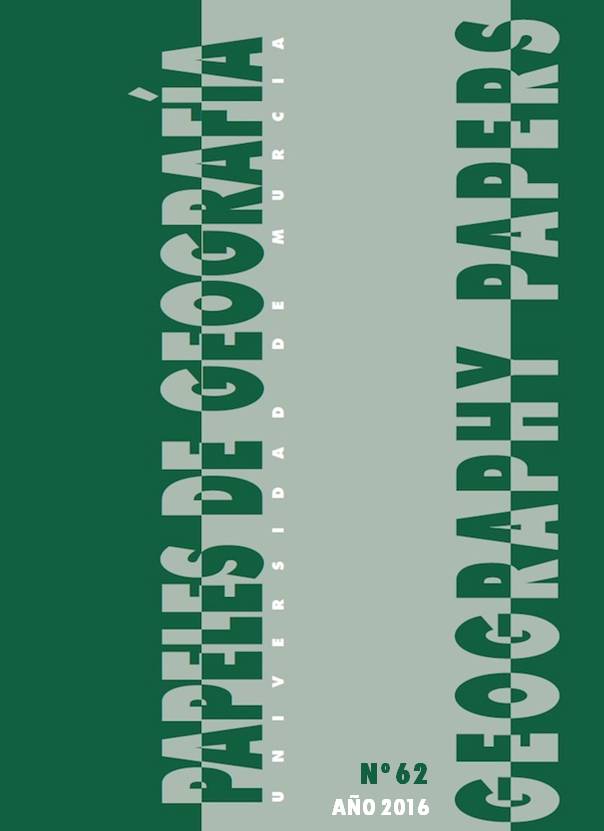Planning methodologies of the public use of protected areas: background and future prospects
Abstract
The protected spaces are currently facing major territorial issues. Various studies have shown that the effectiveness of its management presents important deficiencies associated with the impossibility of reconciling activities of use and conservation, and in recent years has increased the interest in public use planning as a strategy to improve the management of these spaces. Through an extensive literature review of experiences in different countries, this work is proposed to relieve various recent experiences to identify the key factors of this type of processes, but also the main shortcomings highlighted.
The various visions and contributions of the experiences surveyed, contribute to the construction of a methodological perspective based on a number of key components for the planning of public use in these spaces. In a complementary way, on the basis of the results of this study, have been able to identify prospects of planning which could guide initiatives of this nature in the near future.
Downloads
-
Abstract669
-
PDF (Español (España))962
-
PDF962
The manuscripts published in Papeles de Geografía are subject to the following terms and conditions:
1. The publishing house of the University of Murcia (Servicio de Publicaciones de la Universidad de Murcia) keeps the copyright of the published manuscripts favouring and allowing the use and distribution of such works under the licence in 2 below.
© Servicio de Publicaciones, Universidad de Murcia, 2011
2. Manuscripts are published electronically under an Attribution Non-Commercial No Derivatives 3.0 Unported Creative Commons Licence Spain (Legal text). Readers are free to copy, use, share and redistribute the material in any medium or format as long as (i) appropriate credit is given to authors and original source (journal, publishing house and URL); (ii) the material is not used for commercial purposes and (iii) this licence and restrictions are stated.
3. Self-archive. Authors are allowed and encouraged to distribute pre-print versions (prior to evaluation) and/or post-print versions (after evaluation and accepted for publication) of their manuscripts. This favours the dissemination and early distribution of scientific knowledge and citing.





